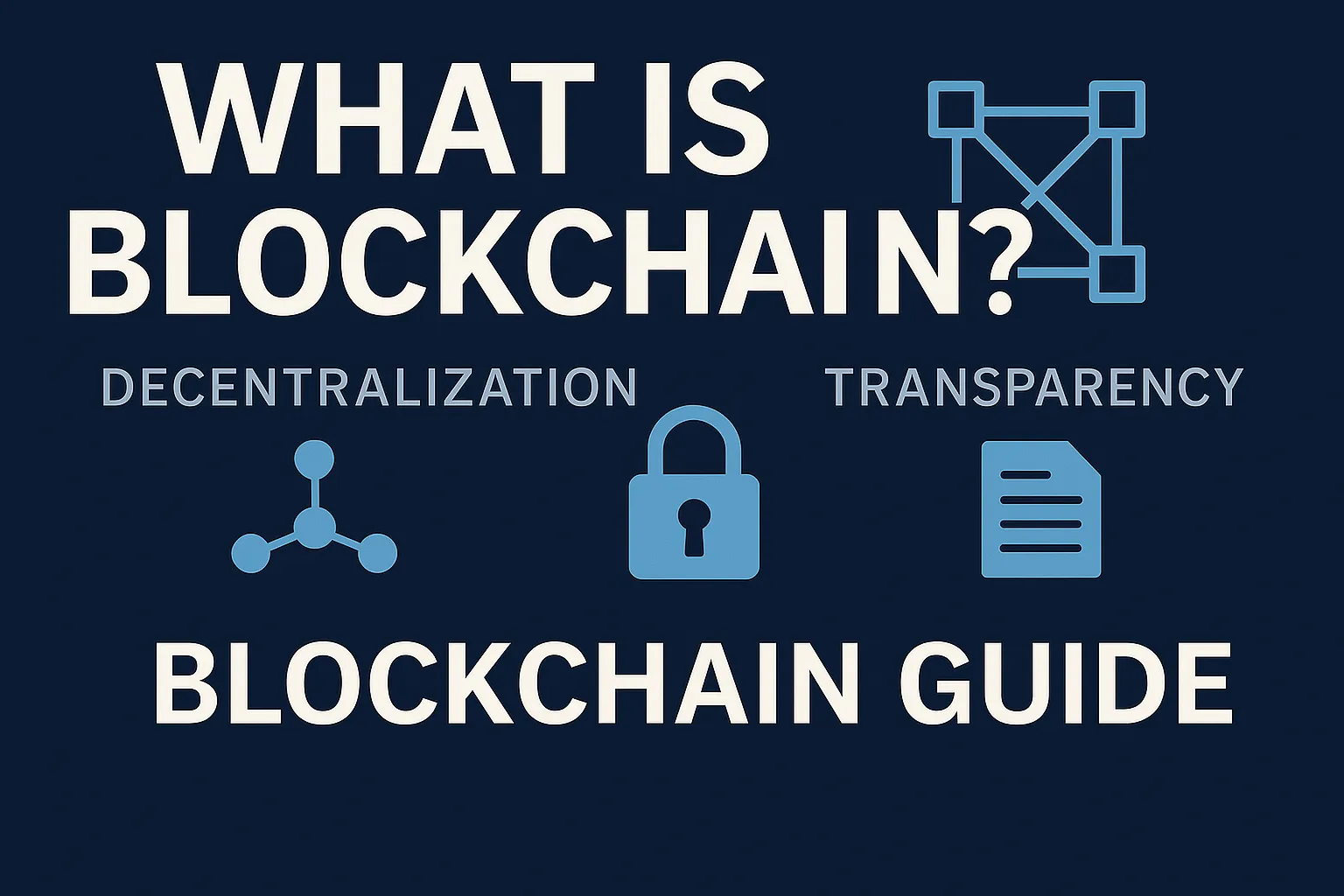 BrokerHiveX
BrokerHiveX BrokerHiveX
BrokerHiveX BrokerHiveX
BrokerHiveXSummary:Comprehensive Blockchain Knowledge Analysis: Understand the definition, principles, and core features of blockchain, explore its applications in digital currency, payment, supply chain, identity authentication, and analyze future trends and challenges.

Blockchain is a distributed ledger technology (DLT) that uses decentralization and encryption algorithms to achieve data immutability and traceability .
Data is packaged into "blocks" and linked into "chains" in chronological order.
Each block contains transaction records, timestamps, and cryptographic hashes to ensure data security.
Decentralization : Not relying on a single institution, data is maintained by all nodes in the network.
Immutable : Once written to the blockchain, it is almost impossible to modify.
Transparency : Transaction information is publicly available.
Security : Cryptography is used to ensure the authenticity of transactions.
👉 For more information, please refer to IBM Blockchain Basics .
| type | Features | Application Scenario |
|---|---|---|
| Public Blockchain | Completely decentralized, anyone can participate | Bitcoin, Ethereum |
| Private Blockchain | Controlled by a single institution, with limited access | Enterprise Data Management |
| Consortium Blockchain | Joint maintenance by multiple organizations | Supply chain finance, cross-border settlement |
Digital Currency
Cross-border payments
Ripple provides fast and low-cost international settlements.
Supply chain tracking
IBM Food Trust is used for food safety traceability.
Identity Authentication
Blockchain can serve as a decentralized identity system (DID).
Smart Contracts
Automatically execute contract terms, widely used in DeFi and NFT.
Improve transparency and trust
Reduce transaction costs
Provide high security
Scalability issues : slow transaction speeds and limited throughput.
Energy consumption problem : The Proof of Work (PoW) mechanism consumes a lot of energy.
Regulatory uncertainty : Policies vary widely across countries.
Web3 and the Popularity of Decentralized Applications (DApps)
Central bank digital currency (CBDC) is gradually being implemented
Cross-chain technology solves the interoperability problem between chains
More enterprise applications , such as finance, medical care, government affairs and other fields
👉 For global trends, refer to the World Economic Forum blockchain report .
As the underlying technology of the digital economy, blockchain is reshaping the financial, commercial and social trust systems.
In the future, it will not only be the cornerstone of digital currency , but also the core driving force for the decentralized Internet (Web3) .
👉 For more relevant knowledge, please visit BrokerHiveX's digital currency knowledge column .
BrokerHivex is a financial media platform that displays information sourced from the public internet or uploaded by users. BrokerHivex does not endorse any trading platform or instrument. We are not responsible for any trading disputes or losses arising from the use of this information. Please note that the information displayed on the platform may be delayed, and users should independently verify its accuracy.